Earlier this week, I posted a blog on the necessity of practice to foster motor learning. Here’s the link if you missed out (The Art Of Practice). I would like to further that discussion by segueing into another closely related topic. As mentioned, there’s undeniable implications of practice on skill acquisition. While we’re on the topic of practice, how about we PRACTICE practicing things properly. Dictionary.com defines the word efficiency as, “the ability to accomplish a job with a minimum expenditure of time and effort.”
First and foremost, it takes a lot of physiological action and energy expenditure in order for movement to occur. Physiologically, we must create opportunities for our bodies to produce a lot while expending less in order to be efficient. In every single aspect of life, especially business, the goal is to get more and give less, earn more, spend less, gain a lot, spend a little. Well, my dear friend, the same objective should be carried over for our bodies. Individuals should aim to move efficiently to save time, energy, and even money. It’s all about using efficient mechanics through proper postural alignment and muscle engagement during movement. Proper posture and movement dynamics help maximize desired output (productivity) while minimizing undesired input (stress, strain). This very concept has applications for nearly all walks of life.
For everyday activity:
For those individuals with desk jobs, sitting down in a chair with proper posture can minimize back, neck, and wrist/forearm pain while allowing you to complete your full workload. It does so by decreasing the workload of over-stimulated muscles, and increasing the workload of inhibited muscles. For great insight, click on the following two links to well-written pieces by my colleague, Dr. C. Shante Cofield, addressing proper posture (Quasimodo Worked On Wall Street) and proper desk workstation setup (If It Ain’t Broke…It Probably Will Be Soon).
Moreover, the simple task of walking correctly has great implications on efficiency. Walking with proper gait mechanics will not only minimize or reduce the risk of injury to other parts of the body, but it will allow you to walk further distances for longer periods without excessive complaints. Great news for all you hikers.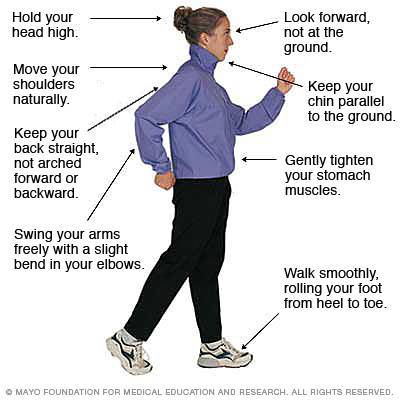
Squatting correctly can help reduce or eliminate the potential for back or knee pain/injury when you lift an object from a low surface. It will also allow you to be more efficient at lifting heavier items by engaging the stronger big muscles in your legs to do the work as opposed to your back.
For athletic performance:
Efficiency is required to maximize athletic performance in sport. Athletes should seek opportunities to correctly go through their respective sequencing of movement(s). This maximizes production and reduces your risk for acute or overuse injury by preserving your body. For instance, the basketball player who is looking to shoot at a higher percentage can do so more readily by using his/her legs and core to power his/her jumpshot. Using the core/legs as the driving force behind your jumper, instead of your arms, preserves energy because the latter will fatigue way before the former. This holds true for nearly all aspects of ANY sport, not just basketball. As a competing athlete, efficient mechanics will undoubtedly increase your potency, consistency, and longevity.
For the average person working out hard in the gym, make sure to be using proper form with ALL exercises to effectively strengthen what you aim to without the risk for injury by using improper form. Sacrificing form at the cost of ANYTHING can develop to be quite a hefty expense. For instance, lifting heavy weights with poor form can improperly load segments of your back, which can result in a vertebral disc herniation! Not sweet. 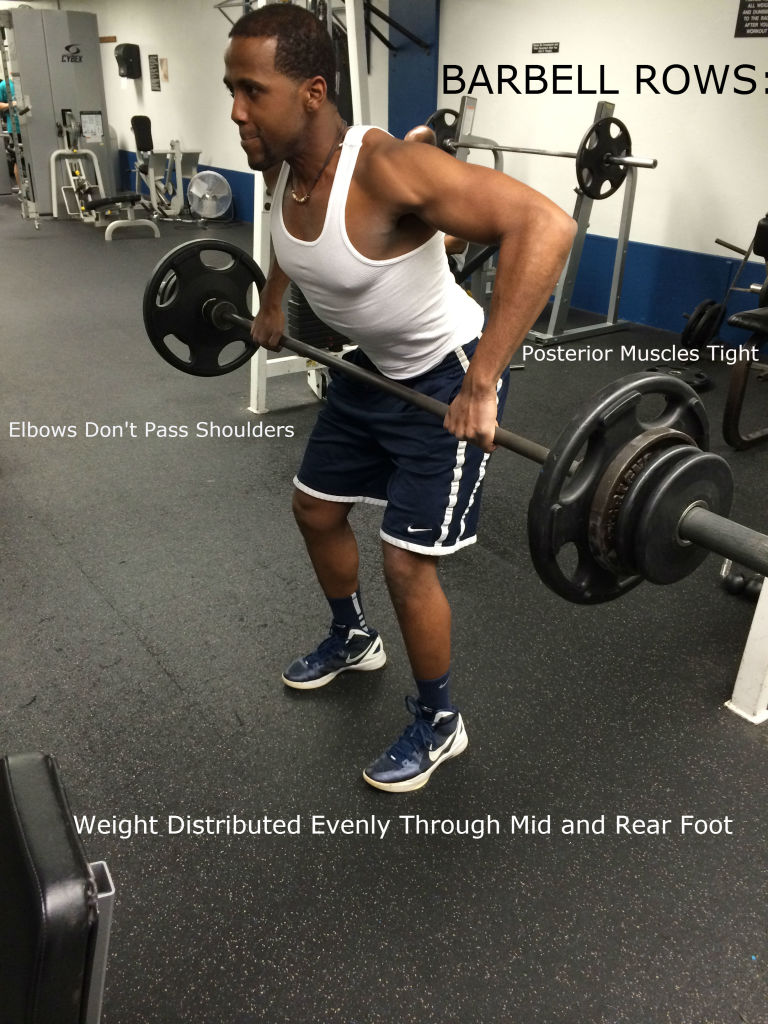
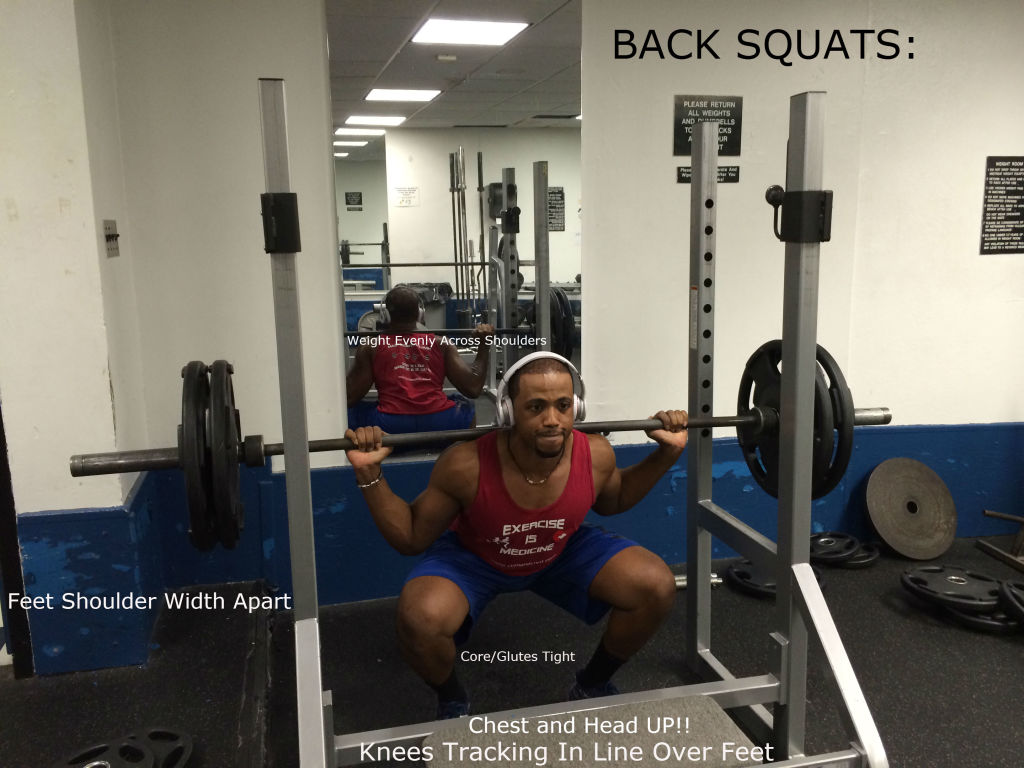
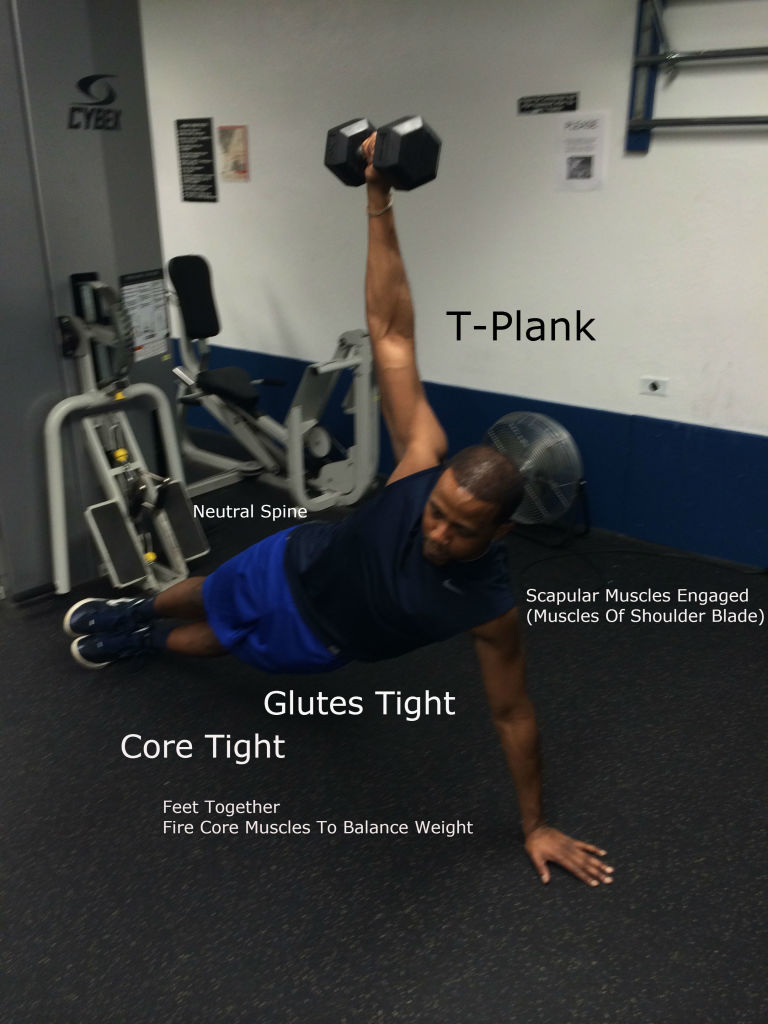
For injury rehabilitation:
Needless to stress the importance of efficiency for those who are already compromised. Efficient mechanics help to reverse what may have led to injury, and subsequently prevent further injury. For those undiagnosed injured people attempting to DIY, faulty movement patterns may have developed secondary to injury or pain. I recommend being evaluated by a skilled PT to find out the source of pain, address it, and restore proper movement patterning. Delay in addressing the source of pain can only further perpetuate problems down the line. For all the hard-working patients who are currently receiving physical therapy, you must practice consistently to re-learn correct motor patterns and avoid perpetual problems. As quoted by the “WOD Doc”, the goal is to optimize performance by optimizing function.
Moreover, there’s a great diagnosing system that we use at the clinic where I’m employed known as the “FMS’ (Functional Movement Screen). The FMS pinpoints individuals’ inefficiencies in movement that may result into problematic issues down the road. Come see us at Duffy & Bracken PT to have an FMS screening to find out where you stand and what you can do to improve. 

Ladies and gents, let’s trend towards being more efficient. There’s all the more to gain with less to lose (pun intended). Movement efficiency enables individuals to produce more while decreasing costs of energy, time, and money, all of which might be spent on healthcare and rehab. You can preserve what you have and maximize its longevity by moving efficiently.


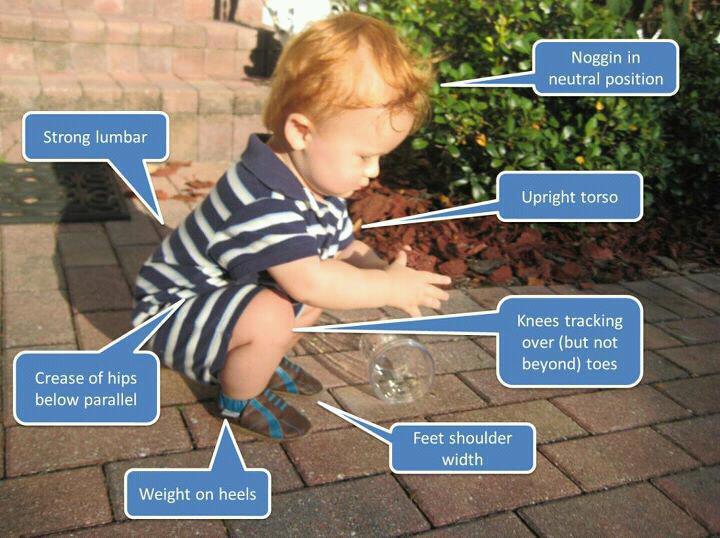
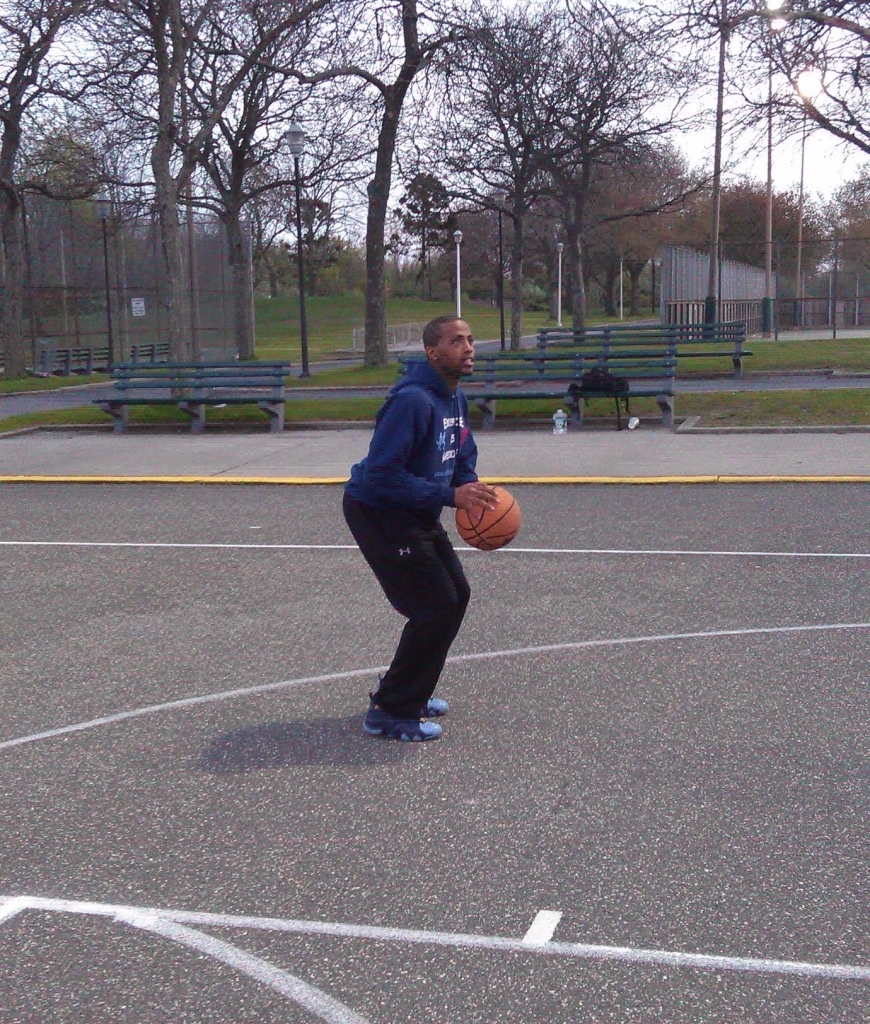

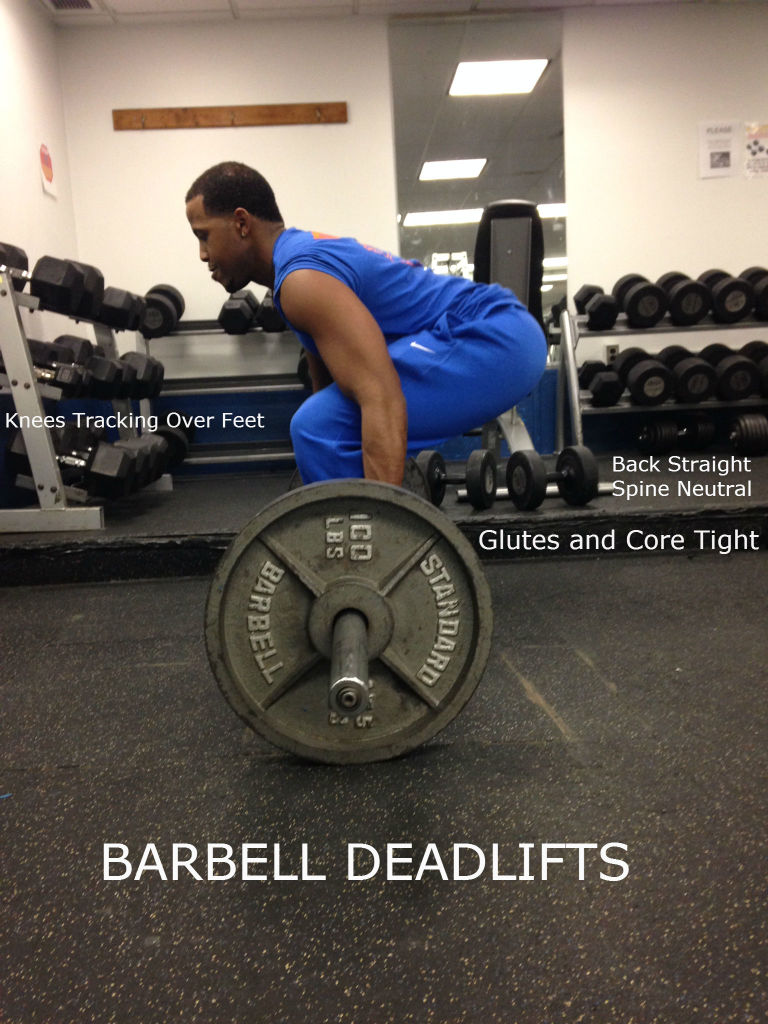
What’s up, after reading this awesome paragraph i am too glad to share my familiarity here
with friends.